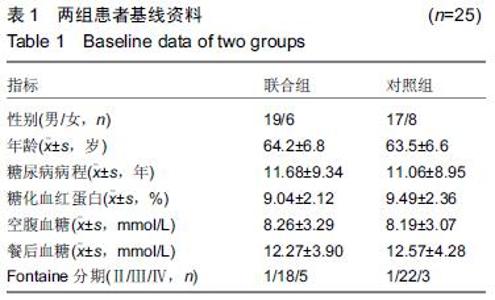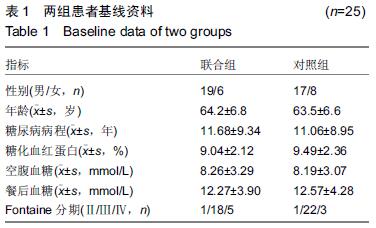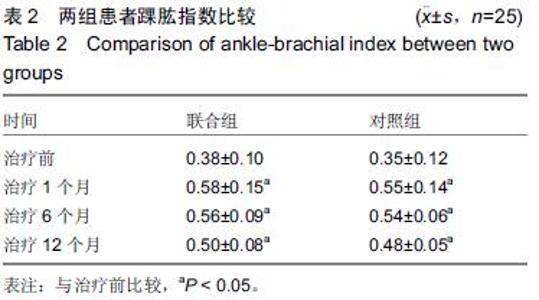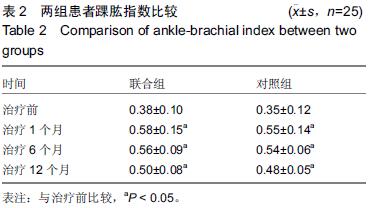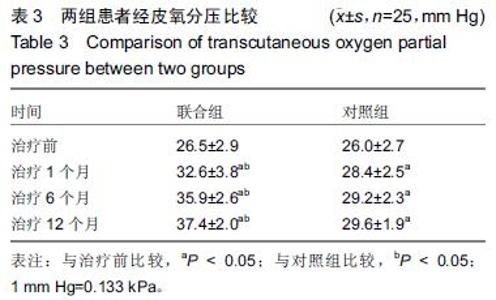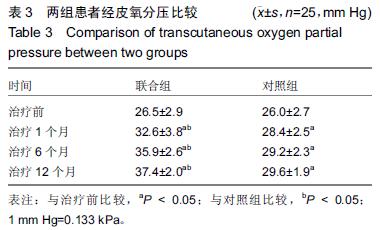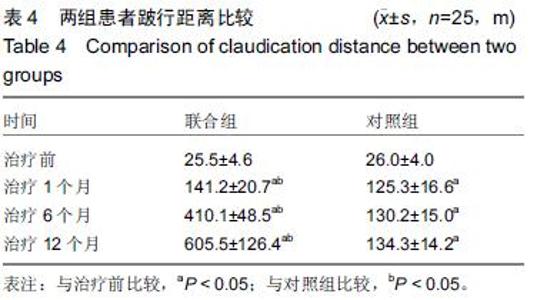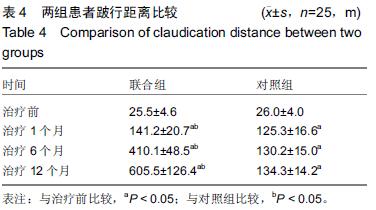[2] 曹岳蓉,赵耀华,黄祥忠,等.糖尿病足介入治疗后局部复合皮移植临床观察[J].江苏医药,2012,38(22):2755-2756.
[3] Baumann F, Diehm N. Restenosis after infrapopliteal angioplasty - clinical importance, study update and further directions. Vasa. 2013;42(6):413-420.
[4] 徐世民,王炳武,孙良智,等.自体外周血干细胞移植治疗糖尿病足的疗效及其与CD34+水平关系的研究[J].中国矫形外科杂志,2013,21(17):1697-1701.
[5] 李华,陈旭艳,周斌,等.自体干细胞移植治疗糖尿病足的干细胞动员和采集[J].中国组织工程研究与临床康复,2011, 15(45):8508-8512.
[6] Gu Y, Zhang J, Qi L.Comparative study on autologous implantation between bone marrow stem cells and peripheral blood stem cells for treatment of lower limb ischemia.Zhongguo Xiu Fu Chong Jian Wai Ke Za Zhi. 2007;21(7):675-678.
[7] Huang PP, Yang XF, Li SZ, et al. Randomised comparison of G-CSF-mobilized peripheral blood mononuclear cells versus bone marrow-mononuclear cells for the treatment of patients with lower limb arteriosclerosis obliterans. Thromb Haemost. 2007; 98(6):1335-1342.
[8] Dubsky M, Jirkovska A, Bem R, et al. Both autologous bone marrow mononuclear cell and peripheral blood progenitor cell therapies similarly improve ischaemia in patients with diabetic foot in comparison with control treatment. Diabetes Metab Res Rev. 2013;29(5): 369-376.
[9] Goodney PP, Travis LL, Nallamothu BK, et al. Variation in the use of lower extremity vascular procedures for critical limb ischemia. Circ Cardiovasc Qual Outcomes. 2012;5(1):94-102.
[10] Muthuuri JM. Characteristics of patients with diabetic foot in Mombasa, Kenya. East Afr Med J. 2007;84(6): 251-258.
[11] 丁胜,李竞,赵浞,等. 自体外周血干细胞移植治疗糖尿病下肢血管病变的临床研究[J].临床内科杂志,2009,26(1): 52-54.
[12] 缪健航,师天雄,胡锡祥,等. 自体外周血干细胞移植治疗下肢动脉缺血性疾病的临床应用[J].中国普外基础与临床杂志,2008,15(2):106-108.
[13] 叶书来,陈家萍,应美爱,等. 自体外周血干细胞移植在下肢缺血性疾病中的应用[J].临床输血与检验,2008,10(3): 236-239.
[14] Huang PP, Li SZ, Han MZ, et al. Transplantation of autologous peripheral blood stem cells for the treatment of lower limb arteriosclerosis obliterans. Zhonghua Xue Ye Xue Za Zhi. 2003;24(6):308-311.
[15] Mohammadzadeh L, Samedanifard SH, Keshavarzi A, et al.Therapeutic outcomes of transplanting autologous granulocyte colony-stimulating factor-mobilised peripheral mononuclear cells in diabetic patients with critical limb ischaemia.Exp Clin Endocrinol Diabetes. 2013;121(1):48-53.
[16] Kinoshita M, Fujita Y, Katayama M, et al.Long-term clinical outcome after intramuscular transplantation of granulocyte colony stimulating factor-mobilized CD34 positive cells in patients with critical limb ischemia. Atherosclerosis. 2012;224(2):440-445.
[17] Wang X, Jiang L, Wang X, et al. Combination of autologous transplantation of G-CSF-mobilized peripheral blood mononuclear cells and Panax notoginseng saponins in the treatment of unreconstructable critical limb ischemia.Ann Vasc Surg. 2014;28(6):1501-1512.
[18] 高雪,曾希云,杨镛.干细胞源性血管重建缺血态组织血供的临床研究[J].中国普外基础与临床杂志,2012,19(10): 1094-1097.
[19] 陈明卫,李燕萍,唐益忠,等.不同来源和移植途径的自体干细胞治疗糖尿病缺血性下肢血管病变的随机对照研究[J].中华临床医师杂志:电子版,2013,7(14):6418-6423.
[20] 张会峰,赵志刚,张春玲,等. 自体外周血干细胞和骨髓干细胞移植治疗糖尿病下肢动脉闭塞症52例效果比较[J].中国组织工程研究与临床康复,2009,13(6):1109-1112.
[21] 张轶斌,杨晓凤,王红梅,等. 自体外周血干细胞移植治疗下肢缺血性疾病术前行干细胞动员引发心脑血管危险因素的探讨[J].临床内科杂志,2005,22(6):422-422.
[22] 王红梅,杨晓凤,吴雁翔,等. 粒细胞集落刺激因子在自体外周血干细胞移植治疗缺血性下肢血管病中的作用[J].中国临床康复,2006,10(13):18-20.
[23] 谷涌泉,张建,齐立行,等. 自体骨髓干细胞和外周血干细胞移植治疗下肢缺血的对比研究[J].中国修复重建外科杂志,2007,21(7):675-678.
[24] Jonsson TB, Larzon T, Arfvidsson B, et al.Adverse events during treatment of critical limb ischemia with autologous peripheral blood mononuclear cell implant. Int Angiol. 2012;31(1):77-84.
